Laurie Kang
Untitled
April 11–28, 2013
Audrey: What Jane Austen novels have you read?
Tom: None. I don't read novels. I prefer good literary criticism. That way you get both the novelist’s ideas as well as the critic’s thinking. With fiction I can never forget that none of it really happened, that it's all just made up by the author.
- Whit Stillman
In 1966 the American literary journal Yale French Studies dedicated an issue to Structuralism, a fashionable theory pursued by European literary critics. The theory held that a close reading of any text should be considered with a greater awareness of its historical context; that every piece of writing existed in a historical timeline and popular discourse, and it was only through the identification of these contexts that the true meaning of a text could be interpreted. [1]
Four American critics working at Yale University felt limited by their French colleagues’ approach. They believed that the “existing conceptions of the world” were too limiting and that “the defining characteristic of literature was its interiority.” [2] The Yale Critics adopted a different theory of interpretation, that of Deconstruction. Textual deconstruction was “an attitude towards the apparent structures embedded in works, and an attempt to interrogate those structures, initially by inverting the hierarchies which the structures represent.” [3]
Art has always been defined by its internal and external context, and in Laurie Kang’s new solo exhibition at Erin Stump Projects her gesture is to re-consider the power structure of the gallery space through the deconstruction of the art objects on display. An artwork’s traditional role as the center of meaning is subservient in this exhibition to the social structure of the white cube. This inversion of the classic hierarchy is made through an installation created specifically for the gallery’s location at 1086 1/2 Queen Street West.
Along the perimeter of the exhibition space hang the contents of one box of Ilford Multigrade IV RC Deluxe silver halide photo paper. All fifty pages are empty except for the subtle trace of an action: the entire stack has been dipped into liquid fixer. Similar to how an object is taken from an artist’s studio and submerged into a public gallery, anointing it as a viable work of art, Kang’s gesture reflects this process. Art is elected through consensus, and the public’s agreement that certain spaces should promote systems which justify the significance of objects or gestures is a social process that relies upon predefinition. The consistency of each of Kang’s pages bearing the mark of the chemical fixer reflects this agreement.
The gallery is a place of record, and the individual pieces of paper are bound to the wall like pages in the spine of a book. Displaying the blank pages in a predefined context recalls Vancouver-based artists Tim Lee and Mark Soo’s book Modern Optical Experiments in Typography: Univers Ultra Light Oblique (1968), where one thousand and twenty-four pages are left blank except for four words on four separate pages. Is it a book simply because it is a bound collection of pages with a colour cover? The internal logic of Kang’s pages displayed in the gallery imitate the deconstructionist theory of a fragmented text, which “prevent their ever becoming works by exposing their central knot of indeterminacy”.[4] Are they examples of artwork, or artworks themselves? To extend the tautology of her exhibition, Kang presents a 1:1 scale replica of the front step of the gallery inside as a sculpture. Outside, its original form is a long triangular wedge of concrete that stretches underneath the front door and the large front window next to it. Inside, the silhouette of the step sits in the centre of the room unobtrusively, a form to be navigated around as the viewer walks along the wall. Are we meant to disregard it in the same way we do the original?
In 1979 the Yale Critics published Deconstruction and Criticism, a compilation of essays written using their theory. Paul de Man wrote about British poet Percy Bysshe Shelley’sepic poem The Triumph of Life, written in 1822 about the supremacy of the natural world over man’s accomplishments. Analyzing a passage about the sun, de Man observed that “light generates its own shape by means of a mirror, a surface that articulates it without setting up a clear separation that differentiates inside from outside as self is differentiated from other.”[5] Viewed through the window of Erin Stump Projects, Laurie Kang’s exhibition achieves its full shape from this vantage point, comprehending itself through the mirror of the gallery space, in the full view of a willing audience.
- Lucas Soi
[1] Martin, Wallace. “Introduction.” The Yale Critics: Deconstruction in America. Minneapolis: University of Minnesota, 1983.
[2] Ibid xxi
[3] Greetham, D.C. “[Textual] Criticism and Deconstruction.” Studies in Bibliography, Vol. 44. Virginia: University of Virginia, 1991.
[4] Ibid 14
[5] de Man, Paul. “Shelley Disfigured.” Deconstruction and Criticism. New York: Continuum, 1979.







